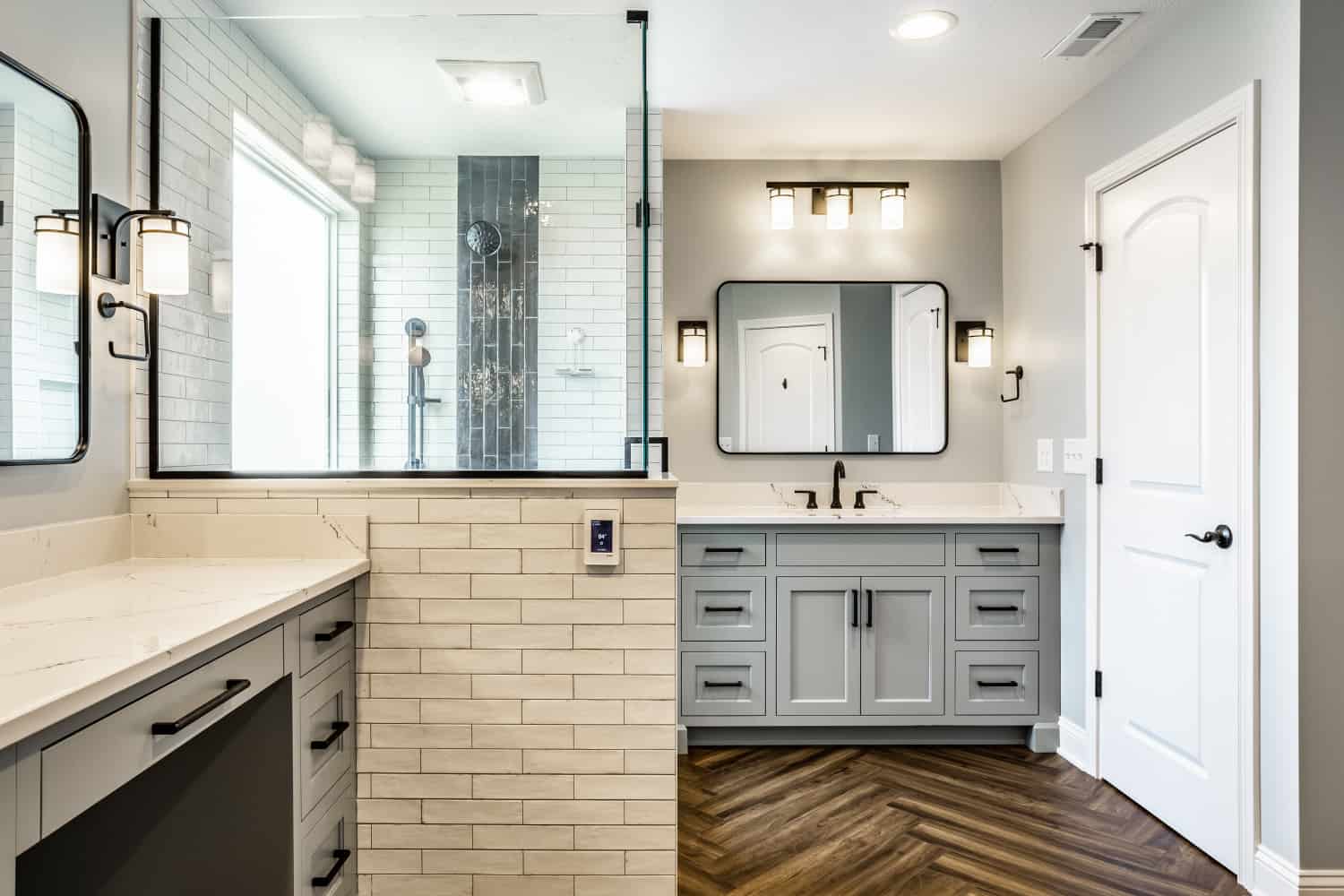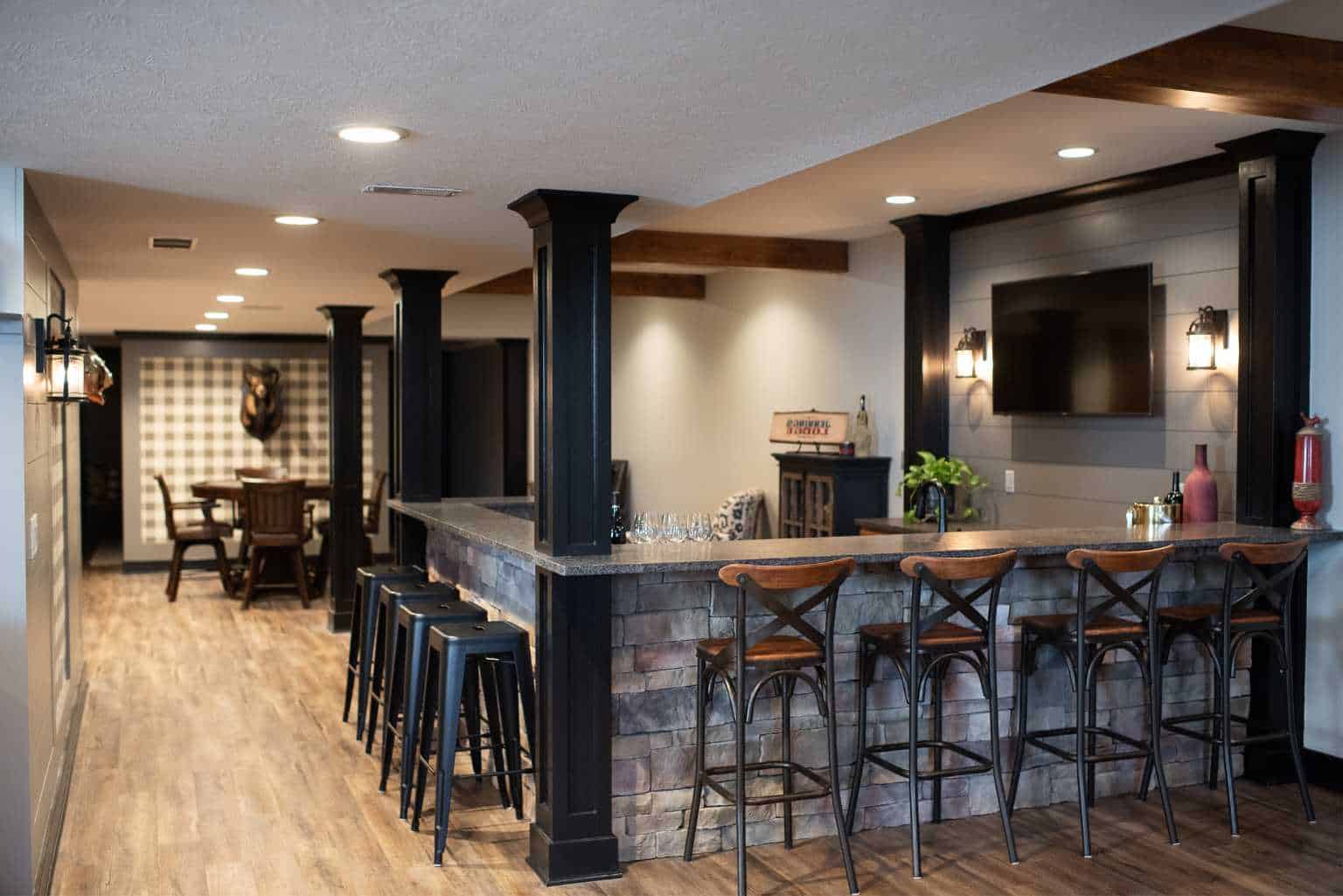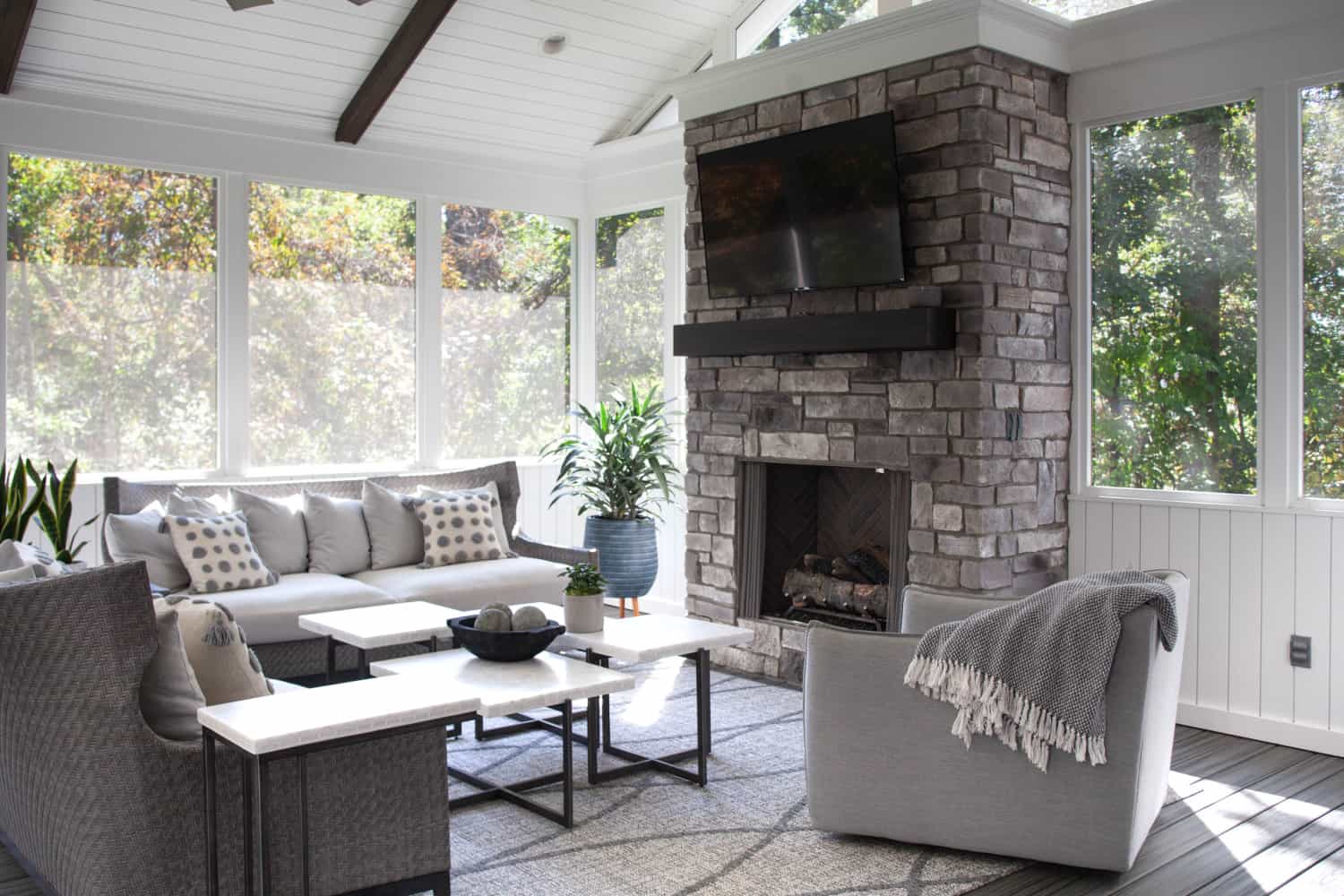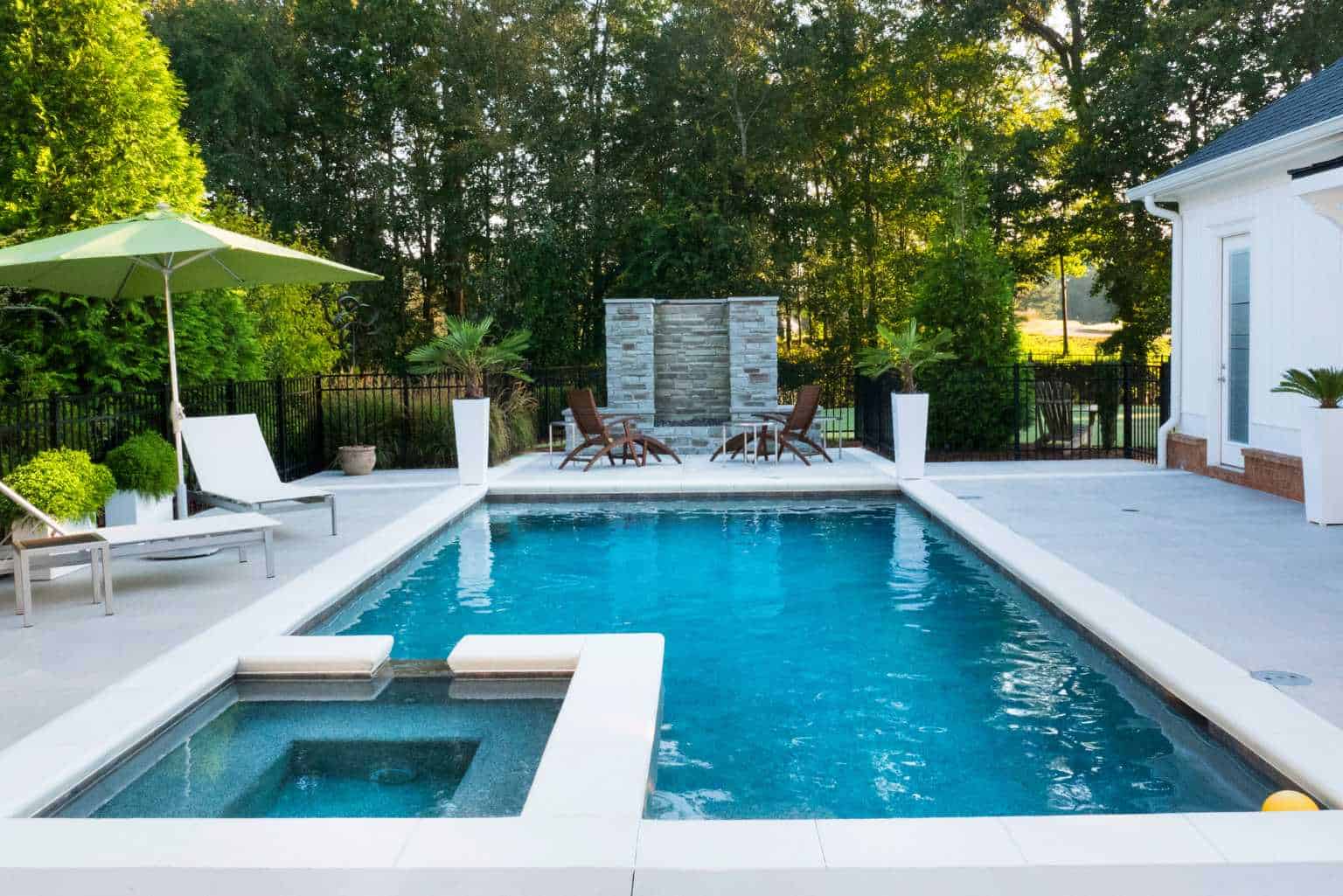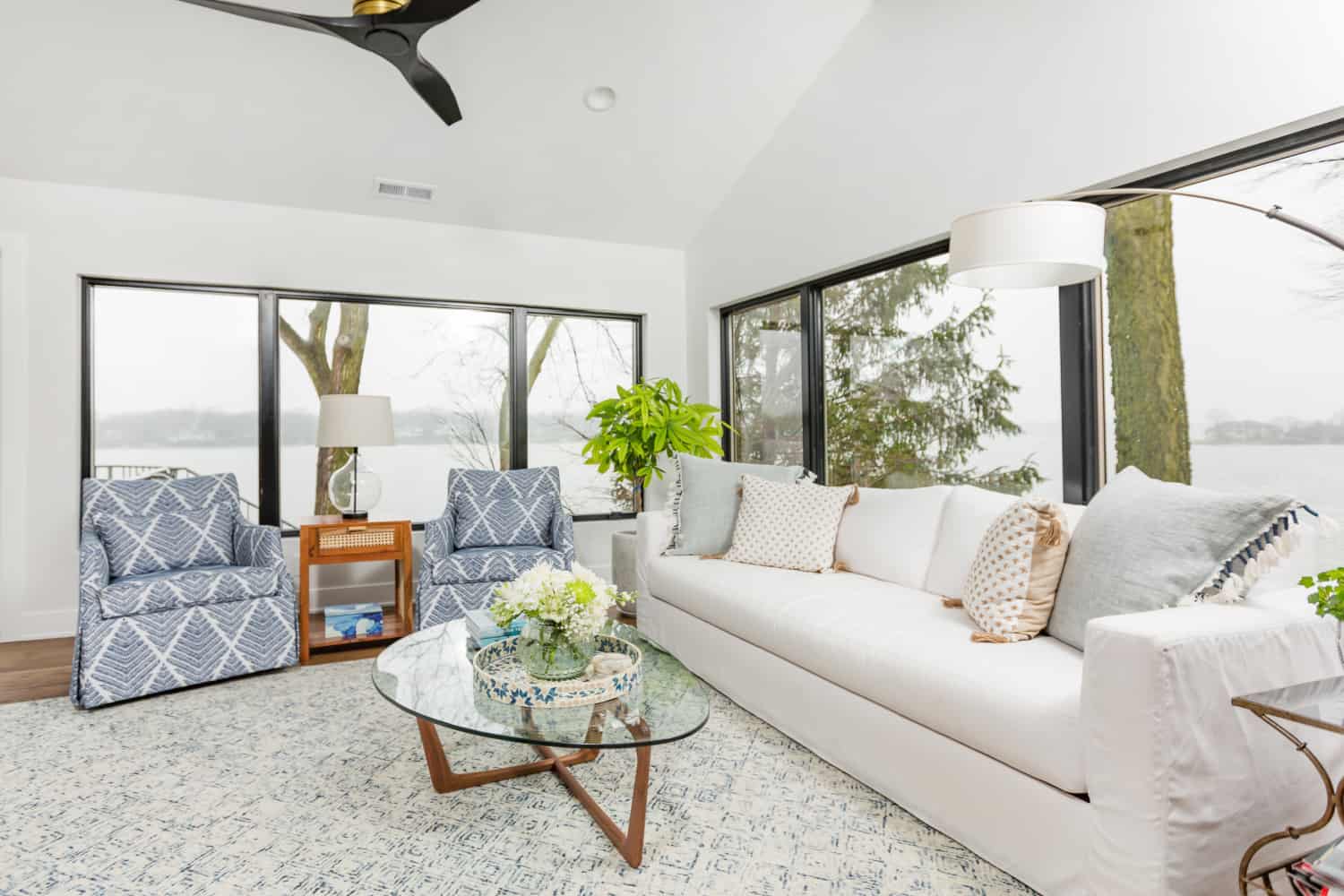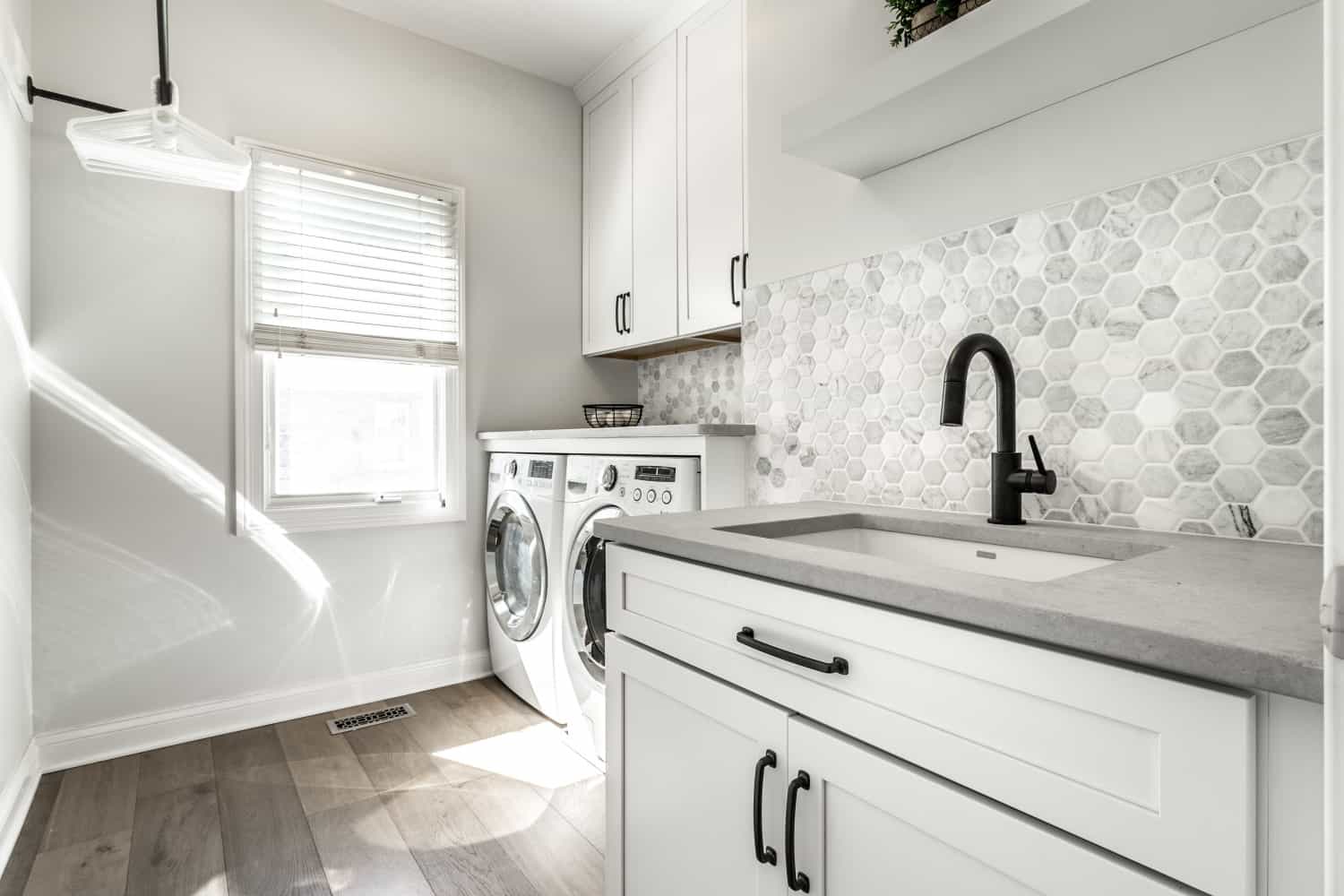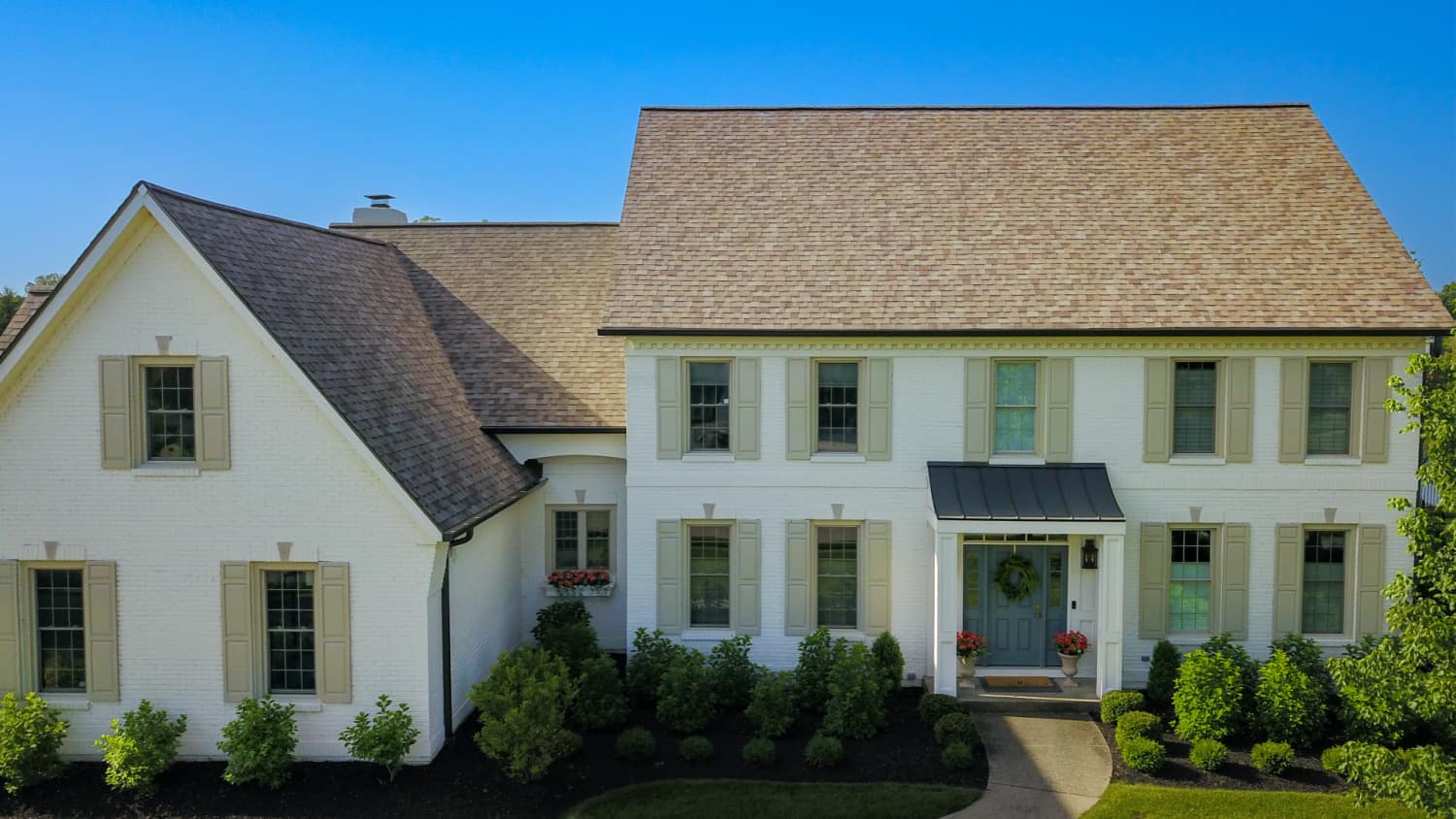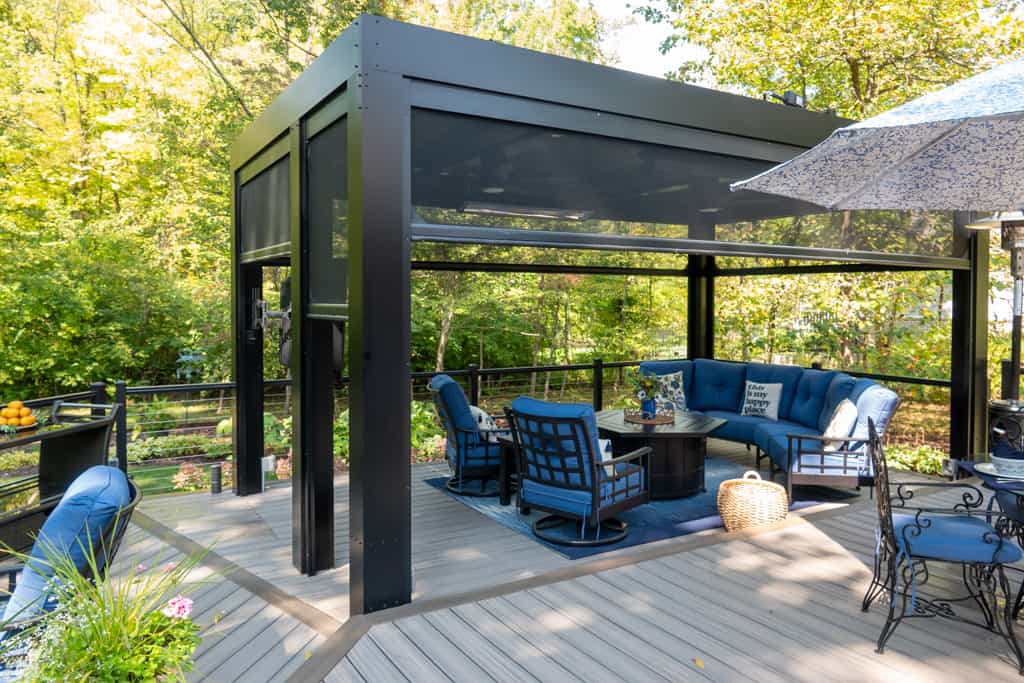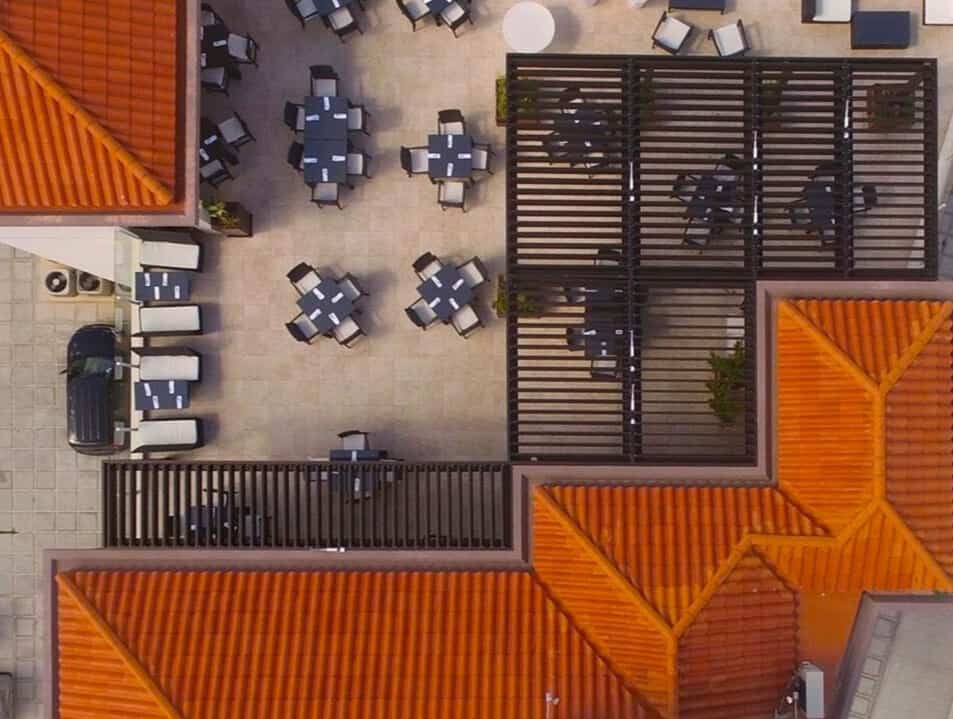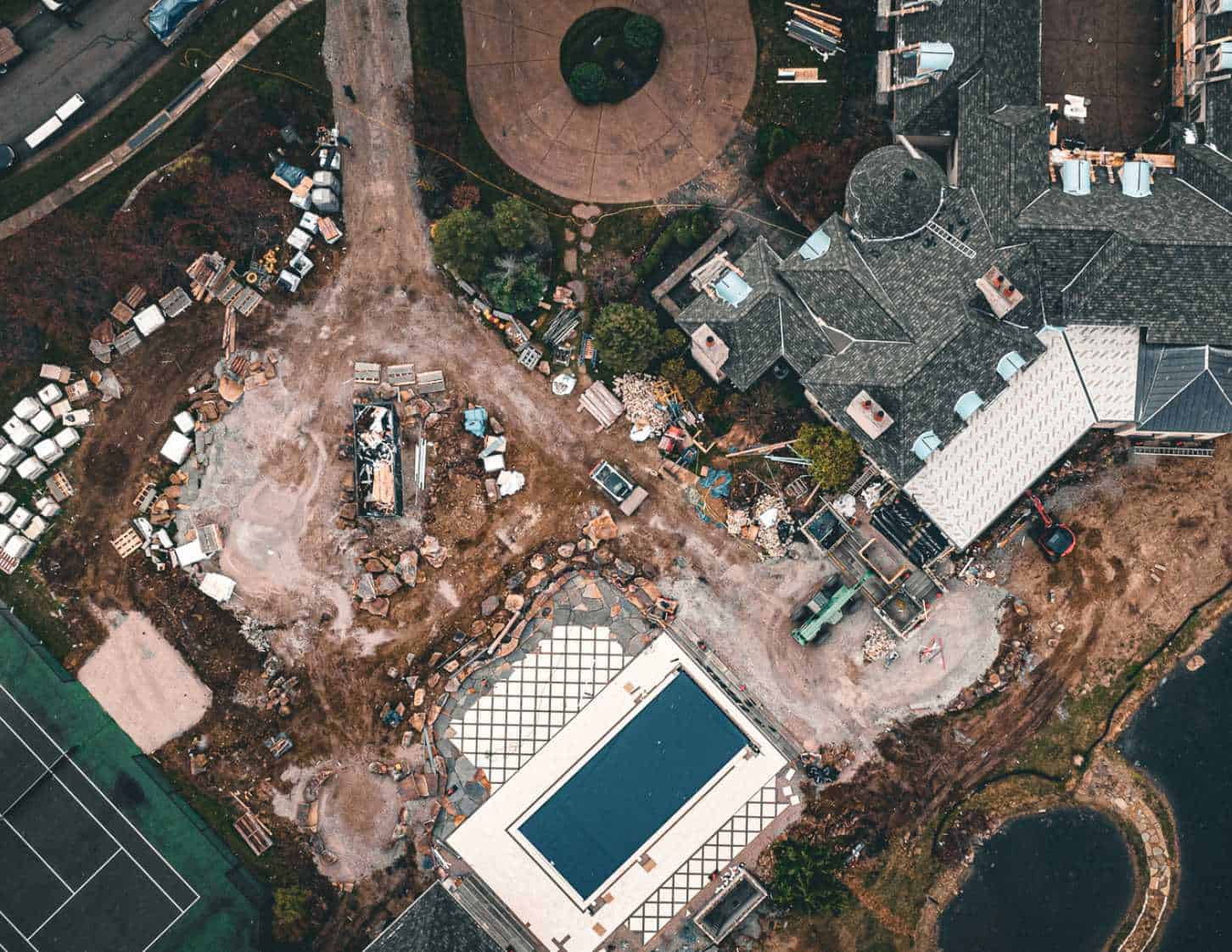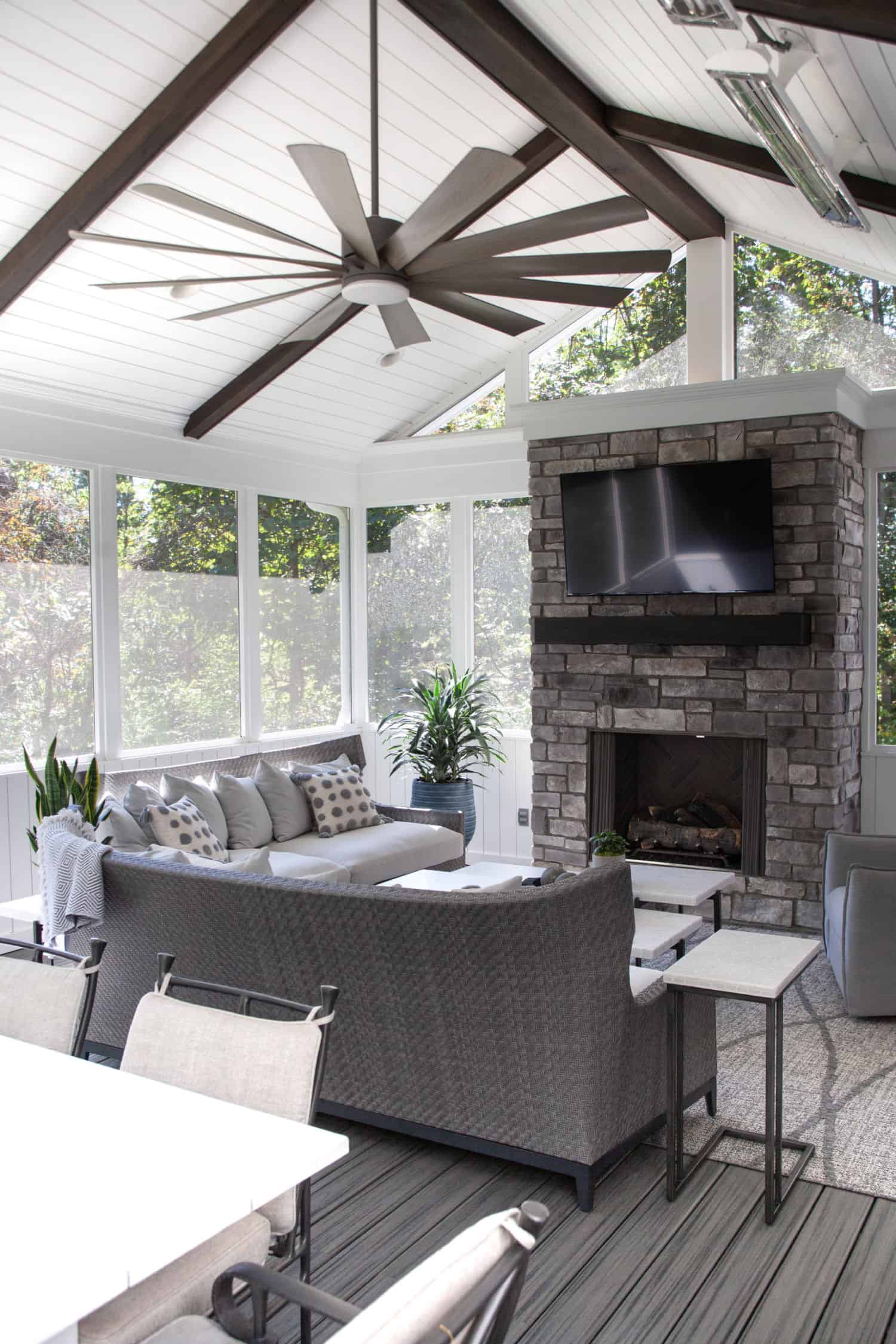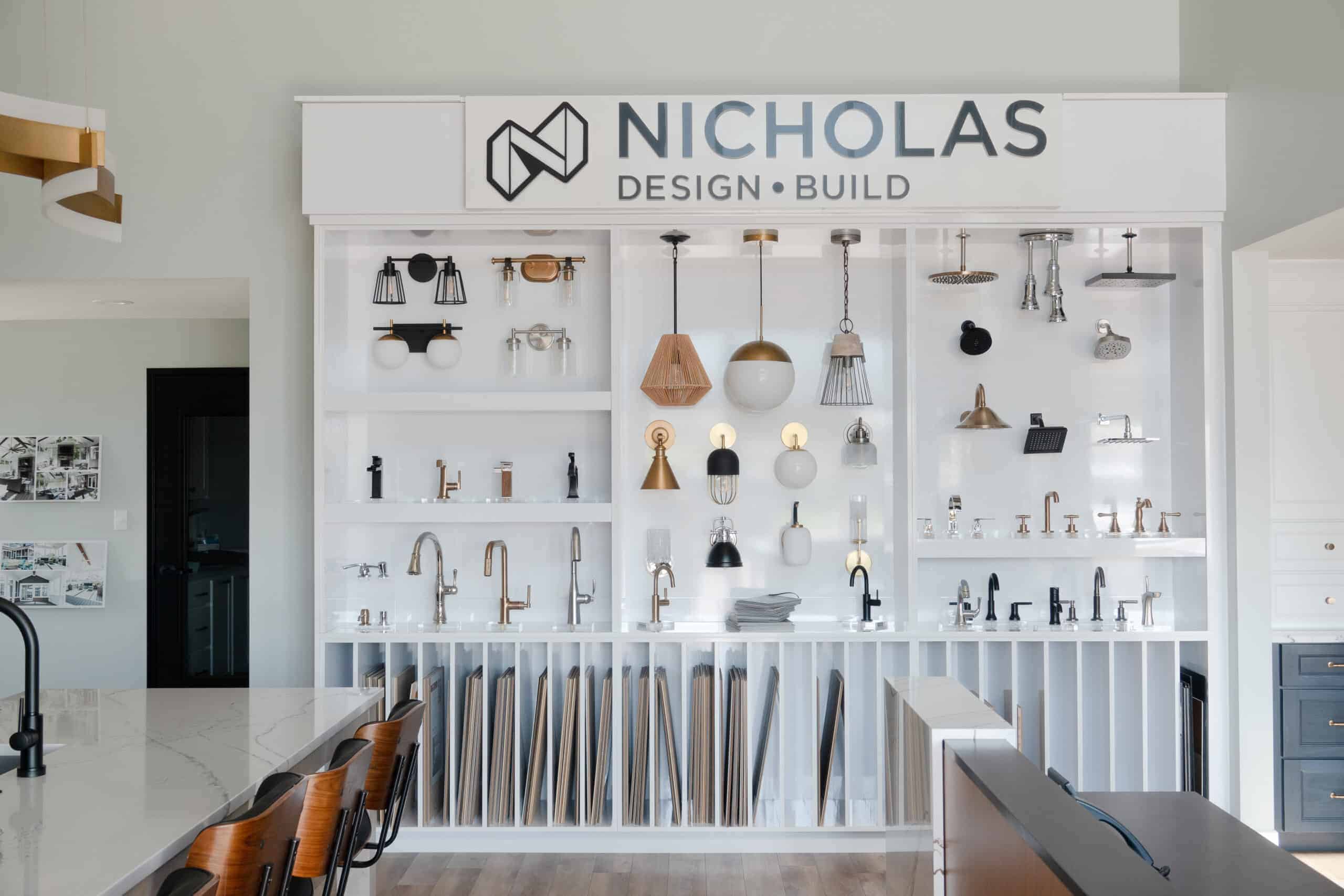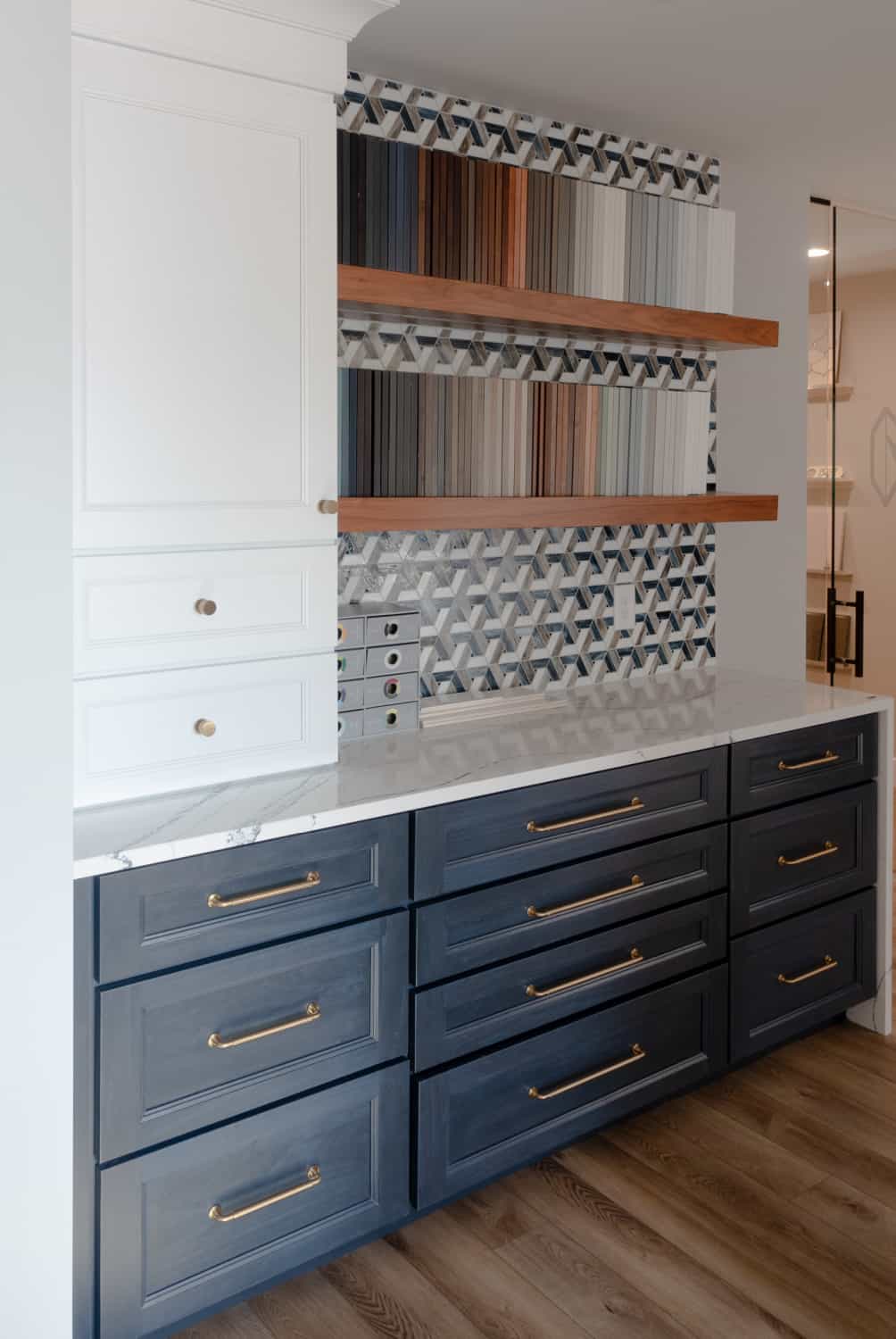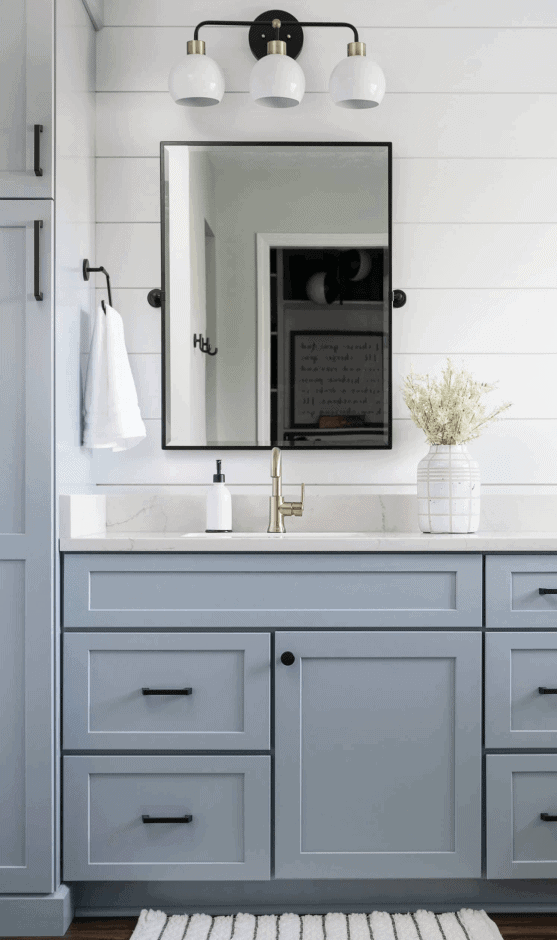Reading a book on a plush couch beside a crackling fire on a cold, quiet winter night.
This is an endearing scene on the big screen. But it can just as well happen in your very own living room. And a fireplace can make it your reality.
More than a mere holiday trimming where you hang your children’s stockings, a fireplace also provides a practical solution to high energy consumption.
When it comes to choosing a fireplace, there is a wide selection available on the market today, but wood-burning and gas-fueled options are the top favorites of Indiana homeowners.
We’ve noted the pros and cons of wood vs. gas fireplaces to help you pick the one that fits your home and your family’s specific lifestyle.
Wood Vs. Gas Fireplaces – Which Should You Choose?
First things first. Fireplaces require permits, and the statutes differ in every state. Thus, you need to obtain yours prior to remodeling. Better yet, hire an Indiana design-build firm qualified to apply for one on your behalf.
Keep in mind that building a fireplace entails dismantling the drywall around it for the ventilation systems and chimney. But don’t worry, your contractor will replace it once the entire structure is installed. This is a hefty job, maybe not a great DIY project.
For now, let’s compare the advantages and disadvantages of wood vs. gas fireplaces.
wood vs. gas : 1. Cost of Installation and Usage
Due to their varied types and sizes, installation costs for both fireplaces fall between wide ranges. A wood-burning fireplace is priced from $857 to $3,595, while the cost of a gas fireplace falls anywhere between $2,300 to $10,000.
- Vents come at an additional cost of up to $3,000 depending on the kind you choose – natural, direct, or ventless. And if you have to include a chimney, that’s another $4,000, more or less.
You also need to factor in the cost of installing a gas line, if your home doesn’t have one yet. Depending on your Indiana location, this can range between $200 to $2,000 as it needs to connect to the street line outside. Remember that not all parts of a home are ideal for laying down a gas line, so it would be best to have a professional determine the best spot before you start tearing up walls.
In terms of operation, the average cost of running a gas fireplace is 17-19 cents per hour or around $60 per year. In comparison, a wood-burning fireplace would cost around $190 per year to generate an equal amount of BTUs (British Thermal Units).
All this may look a bit costly, but there is a bright side. A fireplace, regardless of style, is a home addition that increases the value of your property by at least $1,000 to as much as $5,000.
2. Fireplace Ease of Use
Creating fire from scratch can be fun, and it’s one of the attractions of a wood-burning fireplace. It does take time, though, plus different sizes and kinds of wood from kindling to logs. Regular stoking and refilling are also essential to keep the fire burning.
Meanwhile, lighting up a gas fireplace involves flipping a switch and nothing else. Not having to allot space for firewood is also a plus for small rooms.
Wood Vs. Gas : 3. Home Fireplace Cleaning and Maintenance
A gas fireplace does not create ash or soot, so you don’t need to clean the chimney.
On the other hand, burning wood results not only in dirt and grime but also in creosote, a mixture of oil, resin, and tar from the wood. This substance can cling to the sides of the chimney and dissolves in high temperatures. In its liquid form, it runs down the interior, becoming a potential fire hazard.
Annual cleaning of the chimney above a wood-burning fireplace is a must in order to prevent a buildup of creosote. The fireplace itself needs thorough cleaning after each use.
This doesn’t mean, though, that a gas-powered fireplace is devoid of upkeep. It must also be inspected by a professional at regular intervals.
4. Heat Loss
Yes, it’s an unfortunate fact that both types of fireplaces give up more heat to the chimney than they emanate to the room in which they are housed. It’s not a fault of the structure, just the natural tendency of hot air to rise.
More heat from wood-burning fireplaces, however, is lost upwards compared to their gas counterpart. Plus, burning wood pulls warm air from a room and draws it towards the chimney.
Wood Vs. Gas : 5. Exposure to Exhaust
The emission of air pollutants, such as formaldehyde, benzene, and PAHs (polycyclic aromatic hydrocarbons), is an important factor to consider. A wood-burning fireplace releases 28 pounds of particulate matter per one million BTUs, while a natural gas-fueled one emits up to 99% less that amount.
Individuals sensitive to smoke or those with respiratory conditions might not be able to tolerate a wood-burning fireplace in the home. A gas fireplace, on the other hand, might be a better option because it uses propane, which burns cleanly without an odor. It also comes with gas leak detectors, and you just need to turn it off when a leak occurs.
In addition, wood-burning fireplaces ventilate only vertically, through a chimney. But some gas fireplaces are equipped with horizontal ventilation flues. There are also ventless models that can diagnose oxygen levels right in their control valve.
6. Aesthetics and a Home Fireplace
Of course, a wood-burning fireplace elevates any room’s outline with a charmingly rustic, old country ambiance. It also blends well with modern designs, especially as a focal point. The experience even transcends into the sensory level when the aroma of burning wood permeates the rest of the home.
A gas fireplace doesn’t exactly provide the same appeal or evoke similar feelings. Let’s face it, we all like to hear the fire cracking and popping. Its appearance is likewise not as flexible so it might stand out instead of blending in.
7. For Outdoor Use
If you live on the East Coast or in the Midwest, adding a fireplace to the deck, garden or patio allows you to enjoy your outdoor living area even during the colder months.
These entail a smaller budget than indoor fireplaces, but you would need the same basic attachments, such as a chimney for a wood-burning hearth or a gas line for the gas version. However, the latter works better in a roofed section nearer to the house. It also requires more ventilation.
In contrast, since abundant air feeds an outdoor woodfire, non-flammable materials must be used for the fireplace to be able to hold up against the intense heat. These include brick, masonry, concrete, and stone.
Installing the Best Fireplace with the Right Indiana Builder
Each family regards a fireplace differently.
If you put a premium on aesthetics and don’t mind hauling in firewood, then a wood-burning fireplace is perfect for your home. This is especially true if your home design is rustic or farmhouse.
But if you enjoy modern amenities, a gas-fueled fireplace affords the convenience of instant warmth with the flip of a switch.
As far as wood vs. gas fireplaces, whichever option you prefer, choosing a fireplace is a luxury home addition that not only provides comfort in the cold seasons but also increases the value of your home.
Thus, it is imperative that you hire the best design-build team with the ability to make both happen.
THE FOLLOWING ARE OUR fireplace Remodeling SERVICE AREAS
McCordsville, Indiana
Fishers, Indiana
Carmel, Indiana
Lawrence, Indiana
Greenfield, Indiana
Zionsville, Indiana
Noblesville, Indiana
Whitestown, Indiana
Westfield, Indiana
Rocky Ripple, Indy, Indiana Meridian Kessler, Indy, Indiana
Castleton, Indy, Indiana
Meridian Hills, Indy, Indiana
Fortville, Indiana
Pendleton, Indiana

